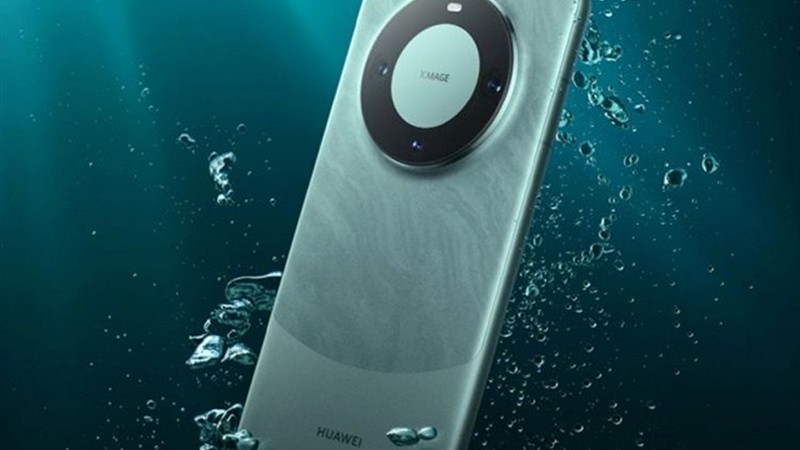
In a significant revelation, TechInsights’ latest report has uncovered a groundbreaking development within China’s semiconductor industry. The report underscores that Huawei’s Mate 60 Pro smartphone boasts a System-on-Chip (SoC) engineered using SMIC’s cutting-edge N+2 7nm process, marking a pivotal moment for the country’s semiconductor prowess. This monumental shift from Huawei, a global tech giant, has ignited questions about the implications for both China’s semiconductor industry on the world stage and the supply chain operators partnering with the company. With Huawei adopting SMIC’s N+2 7nm process, how might this development impact China’s semiconductor industry on a global scale, what challenges and opportunities emerge from this advancement, and how does Huawei’s strategic shift align with the nation’s ambitions?
Top Stories This Week
- Techinsights Confirms Huawei’s SoC Made By SMIC N+2 7nm Node
- MediaTek Develops First 3nm Chip Using TSMC Process Technology
- China To Launch $40 Billion State Chip Fund
- Arduino Nabs $22 Million In Fresh Funding To Support Expansion Into Enterprise
- Intel Gets Confidence Boost From Anonymous Customer Pre-Paying For 18A (1.8nm) Production
- 3D-Circuits: Enabling 3D-Placement Of Electronic Components
- If You Like To Play Along With The Illusion Of Privacy, Smart Devices Are A Dumb Idea
- UK Households Could Be Forced To Have Smart Appliances In Quest For Net Zero
- New ‘Droplet Battery’ Could Power Next-Generation Wearable Devices And Implants
- Intelligent Acoustic Sensors To Give Cars A Sense Of Hearing
- Milk-V Reveals RISC-V Raspberry Pi Compute Module 4 Compatible Board
Hardware Business News
MediaTek Develops First 3nm Chip Using TSMC Process Technology
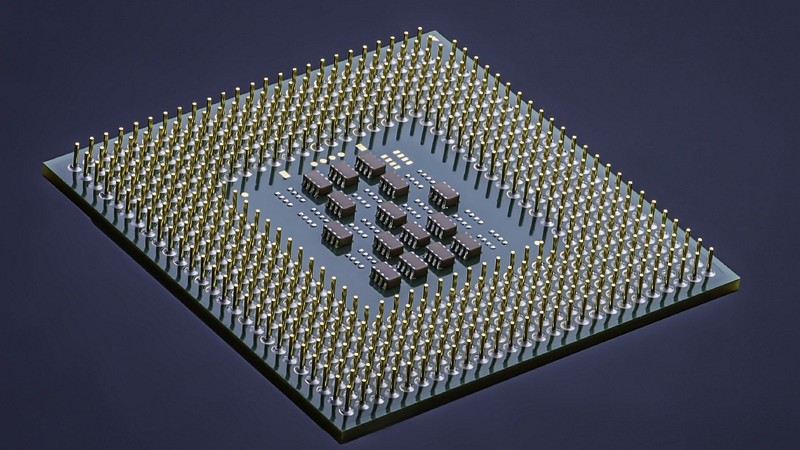
In a major technological stride, MediaTek has achieved a ground-breaking milestone by successfully crafting its inaugural 3nm chipset, employing TSMC’s state-of-the-art 3nm process technology. Scheduled to make its commercial debut in the coming year as part of MediaTek’s flagship Dimensity series, this 3nm chipset heralds a new era of performance and efficiency. How does MediaTek’s achievement of developing a 3nm chipset on TSMC’s process technology impact the competitive landscape in the semiconductor industry, what potential applications and markets will benefit the most from this advancement, and with MediaTek’s 3nm chips slated for release in the second half of 2024, how might this development influence the development and adoption of technologies like intelligent vehicles and other cutting-edge devices?
China To Launch $40 Billion State Chip Fund

In the relentless pursuit of technological self-reliance and defying escalating US sanctions, China is making bold strides in fortifying its semiconductor industry. According to sources, Beijing is gearing up to launch a state-backed investment fund aimed at raising a colossal $40 billion to bolster its domestic semiconductor sector. This significant move is seen as China’s response to the mounting challenges posed by international sanctions. How might the unveiling of a $40 billion state-backed investment fund for China’s semiconductor sector influence the global semiconductor market and the competition between China and other chip-producing nations, what repercussions can be expected in terms of US sanctions on Chinese firms and international trade relations in the semiconductor industry, and with China’s ongoing efforts to bolster its semiconductor industry and counter Western restrictions, what potential challenges and opportunities lie ahead for the global technology ecosystem?
Arduino Nabs $22 Million In Fresh Funding To Support Expansion Into Enterprise
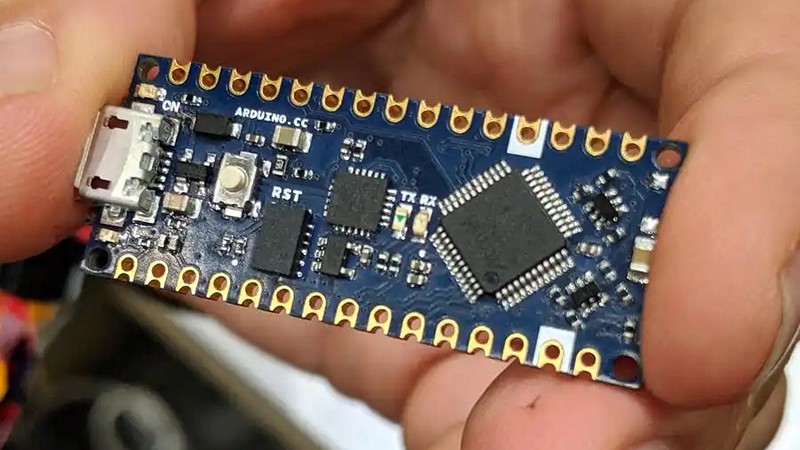
Arduino, a household name in the DIY community, has been synonymous with microcontroller projects for hobbyists and enthusiasts. However, the company’s recent trajectory showcases a notable shift from its traditional DIY focus to providing solutions tailored for enterprise applications. Now, Arduino has managed to raise $22 million of funding to continue its expansion into the professional space. How is Arduino redefining its product line-up and services to cater to the distinct needs and expectations of professional users and enterprises, what technological advancements and strategies is Arduino employing to transition from a DIY-focused company to a provider of solutions suitable for Original Equipment Manufacturers (OEMs) and corporate-scale production, and in light of regulatory changes, how is Arduino leveraging its existing manufacturing base in Italy and expanding its footprint in the United States and Europe to remain competitive and compliant in an evolving landscape?
Intel Gets Confidence Boost From Anonymous Customer Pre-Paying For 18A (1.8nm) Production
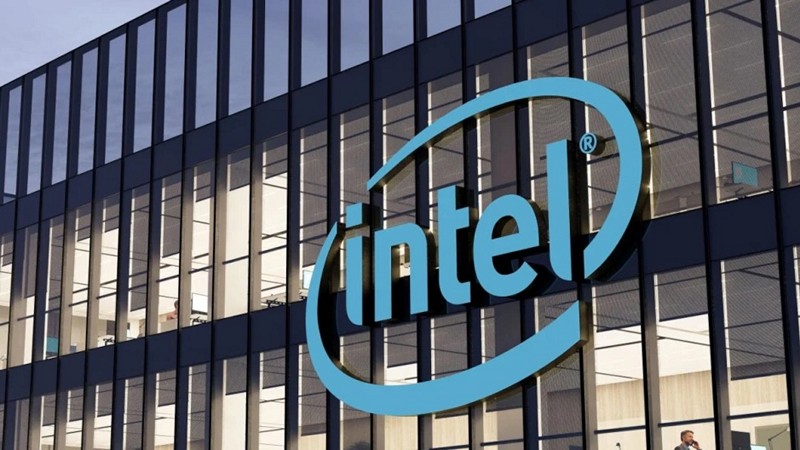
Intel, under the leadership of CEO Pat Gelsinger, has set its sights on a bold goal – to reclaim foundry leadership from TSMC by 2025. The semiconductor giant has been on a transformative journey, rebuilding the company to regain its competitive edge, and a recent prepayment from an undisclosed customer for its 18A capacity has emboldened Intel in its efforts. Can Intel realistically challenge TSMC’s foundry leadership by 2025 with its focus on the 18A node, how significant is the role of anonymous customer prepayments in boosting Intel’s confidence and accelerating its build-out of 18A fabs, and with Intel sourcing components of its ‘Meteor Lake’ chips from TSMC, how does this dynamic affect Intel’s credibility as it vies for leadership in the foundry market?
Hardware Engineering News
3D-Circuits: Enabling 3D-Placement Of Electronic Components
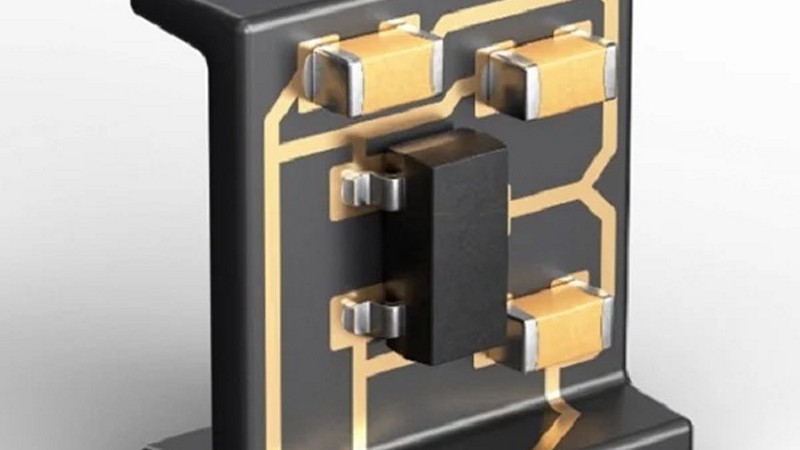
As modern electronic assemblies continue to evolve with increasing complexity, engineers face the challenge of accommodating numerous components within the constraints of printed circuit boards (PCBs). To address this issue, miniaturized components, flexible, and rigid-flex PCBs have become popular choices, but a new trend in overcoming these challenges is 3D packaging. HARTING, recognizing the need for innovation, has introduced the 3D-MID Component Carrier, a solution aimed at streamlining automation, reducing manual work steps, and cutting costs in PCB assemblies. How does HARTING’s 3D-MID Component Carrier streamline the vertical placement of electronic components on PCBs, in what ways does 3D packaging, as exemplified by HARTING’s solution, differ from traditional piggyback PCBs, and what role does HARTING’s component carrier play as an adapter for alternative packaging?
If You Like To Play Along With The Illusion Of Privacy, Smart Devices Are A Dumb Idea

A recent study by consumer rights organization Which? has raised concerns over the privacy implications of Internet of Things (IoT) devices. The research revealed that many IoT products, from smart speakers and security cameras to TVs and washing machines, collect excessive customer data beyond what is necessary for their core functions. Moreover, this data is often shared with multiple corporations, raising questions about user privacy and data security. How do IoT devices like smart speakers justify the collection of location data, what are the potential privacy risks associated with this practice, and what steps can regulatory authorities like the ICO (Information Commissioner’s Office) take to ensure that IoT manufacturers are transparent about their data collection practices?
UK Households Could Be Forced To Have Smart Appliances In Quest For Net Zero
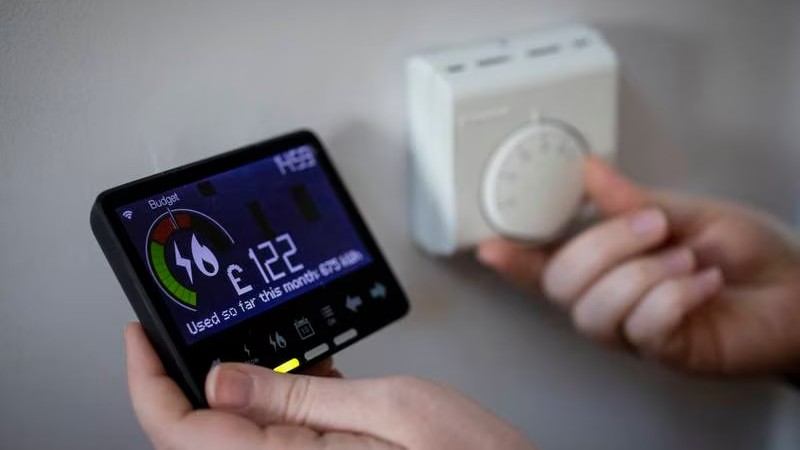
The UK government is considering legislation that would require households to adopt smart technology in everyday appliances like boilers and electric vehicle chargers. This provision is part of the government’s energy bill, which is currently in the House of Commons for its final passage. While the bill aims to create a “smart and flexible system” to enhance energy efficiency and security, it has faced opposition from various factions within the ruling Conservative party, including efforts to dilute proposals like the ban on oil-fired boilers. What specific smart technologies are being proposed for mandatory adoption in UK households, what are the primary arguments against the proposed legislation, particularly in relation to the readiness of the renewables sector and concerns about electricity supply limitations, and what is the government’s response to allegations that these measures could amount to energy rationing?
Hardware R&D News
New ‘Droplet Battery’ Could Power Next-Generation Wearable Devices And Implants

Recently, researchers at the University of Oxford have developed a miniature soft power source that draws inspiration from how electric eels generate electricity. This innovative device has the capability to interact with and stimulate cells, particularly human nerve cells, opening up potential therapeutic applications in targeted drug delivery and accelerated wound healing. The power source relies on internal ion gradients within a conductive hydrogel structure to generate energy, making it a breakthrough in providing power at the microscale. How does the miniature power source, inspired by electric eels, generate energy through internal ion gradients, what are the potential therapeutic applications of this soft power source, particularly in terms of its ability to interact with and stimulate human nerve cells, and how could the modular design of this power source, allowing for the combination of multiple units, impact the development of next-generation wearable devices, bio-hybrid interfaces, implants, synthetic tissues, and microrobots?
Intelligent Acoustic Sensors To Give Cars A Sense Of Hearing

Recently, researchers at the Fraunhofer Institute for Digital Media Technology IDMT in Oldenburg are pioneering the development of intelligent acoustic sensors for vehicles, giving them a sense of hearing to enhance safety. In modern vehicles, external noises critical for driving decisions are often muffled due to noise insulation, leading to potential safety risks. Fraunhofer IDMT’s smart acoustic system, in conjunction with other driver assistance technologies, aims to provide essential auditory information for driving manoeuvres and predictive maintenance. How do intelligent acoustic sensors developed by Fraunhofer IDMT enhance vehicle safety by providing relevant auditory information, what specific scenarios or external noises do they help detect for improved driving decisions, and what insights can it provide regarding driver attentiveness and responsiveness in autonomous vehicles?
Open-Source Hardware News
Milk-V Reveals RISC-V Raspberry Pi Compute Module 4 Compatible Board
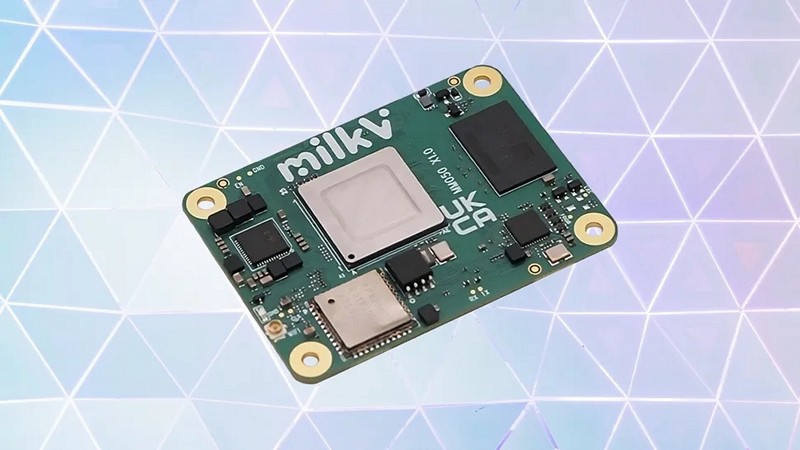
In the ever-evolving landscape of single-board computers, the Raspberry Pi has long been a beloved and widely adopted choice for enthusiasts and developers. However, the tech community’s appetite for innovation often leads to alternatives that aim to offer unique features or bridge gaps left by the Raspberry Pi ecosystem. One such contender is Milk-V, recognized for its array of single-board computers, each pushing the boundaries of what these diminutive devices can achieve. What are the key technical specifications of the Milk-V Mars CM single-board computer, including its SoC, RAM options, storage capacities, and connectivity features, how does the Milk-V Mars CM compare to the Raspberry Pi Compute Module 4 in terms of form factor, design, and compatibility with accessories, and what are the potential advantages or disadvantages of choosing the Milk-V alternative?


